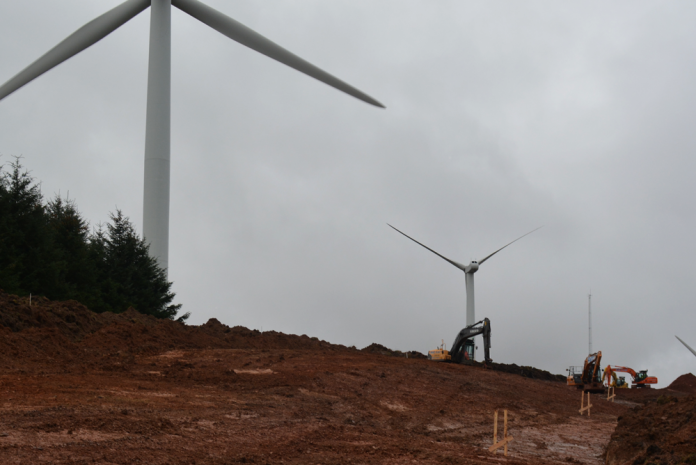During a recent round of visits, it has become clear that archaeology, far from being detrimental to development, can actually help steer it safely through a part of the planning process that could easily derail a multi-million pound project. If carried out professionally, and given an adequate budget and time, any temporal contamination becomes an asset that benefits both the community and the client.
Crucial advice on setting
Headland Archaeology recently announced that another planning appeal has been granted. The proposals, for a 34.2m high wind turbine at New Hartswell Farm, Herodsfoot, Liskeard, Cornwall, initially gave rise to concerns from English Heritage due to the proximity of Bury Down hillfort, a Scheduled Monument. The location of the turbine was revised slightly to minimise these concerns thanks in part to the work of Headland’s Jen Richards, who had prepared a cultural heritage assessment for these proposals, including assessments of the setting of heritage assets, on behalf of the landowner and Drakes Renewables.
Full details of the Inspector’s Decision can be accessed here.
Headland Archaeology News: http://www.headlandarchaeology.com/News/2015/2015.01.html
Derelict buildings revived
Wardell Armstrong Archaeology was commissioned to undertake a heritage assessment of a derelict railway building situated within the extensive former Horwich Loco Works. The Horwich Loco Works is a major redevelopment site on the outskirts of Bolton which contains a number of large scale late Victorian engine sheds. The whole of the Loco Works had been designated as a conservation area and highlighted by English Heritage for conservation led regeneration.


